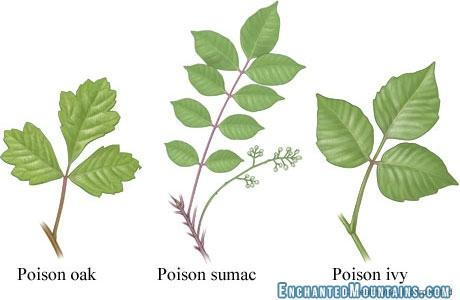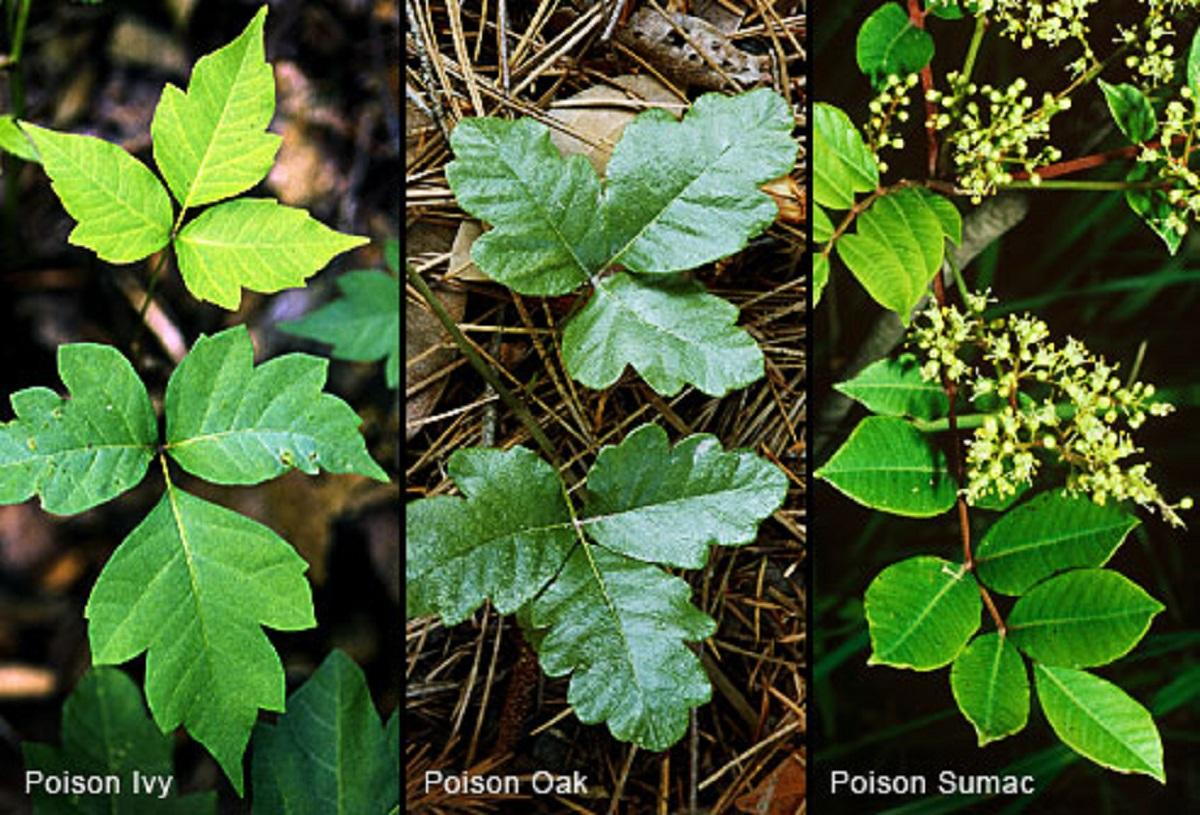Leaves of 3, Seriously...Let It Be
The mild days of spring have arrived after a rather brutal winter for southeast Louisiana. I mean, seriously, it snowed twice this past winter! What’s up with that?! But I digress. The trees have returned to their verdant splendor, the grass is beginning to grow to the point of needing to be mowed, and lurking back in the corner of your yard, there it is. Toxicodendron radicans. The dreaded poison ivy. (Poison ivy fun fact: it’s not really an ivy. It is in the same family of plants as cashews and pistachios.) Here is a little info about this nasty little vine/bush that may help you to avoid a nasty rash, or to help you deal with it if it happens.
Poison ivy causes what we doctors call urushiol-induced contact dermatitis. It actually can be caused by a number of Toxicodendron plants. In the eastern USA it is most commonly poison ivy or poison sumac. In the western USA it is most commonly poison oak (although there is an eastern poison oak as well). The causative agent in all of the plants is an oil called urushiol. Urushiol actually causes changes in the protein arrangement in your skin cells such that your immune system thinks they are foreign bodies which need to be destroyed. This is a type IV hypersensitivity reaction or a delayed hypersensitivity reaction. This means that the reaction is not like the reaction you get with a bee sting or with pollen. It usually is delayed by 48-72 hours from exposure to the urushiol.
The rash associated with poison ivy affects over 350,000 Americans every year. Interestingly, 15%-30% of people won’t have any response to the urushiol. For those who do develop the rash the response varies from mild to severe. The rash is red and raised and may have small vesicles to large blisters. It is intensely itchy. It is NOT contagious and you cannot spread it on your body by scratching. The liquid that forms in the blisters does not contain urushiol, so that isn’t a source of spread.
If you have developed the rash in various places on your body you can be assured that the urushiol touched you in that location. You CAN get the rash from urushiol which is on your dog’s fur, on your clothing, or on any other object which has touched the poison ivy plant.
Poison ivy is a self-limited condition and will typically resolve on its own within 14 days. That’s little comfort to the person who is itching to the point of near madness. Lucky for him there are some treatment options.
So what do you do if you are exposed? First, DON’T PANIC. (Just kidding. Who panics from poison ivy exposure?) The best thing to do is wash the skin with soap and water immediately. If the urushiol is removed it won’t cause the rash. You should also wash clothing, toys, gardening tools, and anything else that has come in contact with the plant, and that includes Fido. If you develop the rash it is too late for this as the urushiol is very well and quickly absorbed into the skin. Once the rash develops topical treatments such as 1% hydrocortisone cream, zinc oxide, and calamine lotion can help alleviate the itching. Colloidal oatmeal and baking soda added to bathwater may also help some with itching. If the rash is extensive or with significant facial involvement, injections with corticosteroids or oral corticosteroids may be needed. These will require a visit to the doctor. Nota bene, Benadryl and other antihistamines may not help much since the reaction is not mediated by histamine but is cellular mediated. Occasionally scratching will lead to secondary infections which require antibiotics. If the vesicles or blisters become filled with pus, it would be best to have them checked by one of our doctors.
Your mom and them always say an ounce of prevention is worth a pound of cure. This goes for poison ivy as well. The best way to prevent poison ivy is to avoid contact with it. Poison ivy and poison oak are either vines or shrubs which have leaves in clusters of three. Poison ivy vines are also covered with tiny roots which give it a hairy appearance. The leaves of both of these plants go from light green in spring, to darker green in summer, to red in autumn. Even leaves that have fallen from the vines are capable of causing the dermatitis. Poison sumac looks different. It is a shrub or tree with 7 or more leaves arranged on either side of the stem. Of the three plants producing urushiol, sumac is probably the most potent. Here are some little sayings which will help you know what you should avoid:
Leaflets three; let it be!
Berries white, run in fright!
(and my favorite) Hairy vine, no friend of mine.
Better yet, here is a photo:

or in real life:

So keep an eye out for these dreaded plants as the weather warms and we begin to explore the great outdoors. But take courage! We at Fairway Pediatrics are ready to conquer your itching rash with all the weapons in our arsenal!
